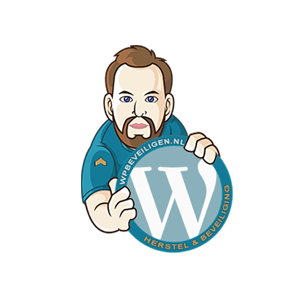We all know WooCommerce as the miraculous plugin that turns WordPress into a full-fledged online store.
WooCommerce (created by Automatic, just like WordPress) heavily relies on the WordPress structure, especially in the database.
In the past years, products have simply been stored as Custom Posts in the post and postmeta tables of the database, where pages and posts are also stored!
This has been working well for years, allowing you to build and run even the largest online stores without issues.
However, there has been a request from many developers, plugin builders, and even regular users to store WooCommerce data in separate tables in the database.
Why move WooCommerce data to separate tables?
- It provides better organization in the database, making modifications easier to handle.
- It becomes easier to create backups of the online store and restore them without including unnecessary information.
- It has the potential to make the website, particularly product loading and information retrieval, faster.
The online store in dedicated tables – a significant change!
This is a major modification, and the WooCommerce developers are aware of it.
There are hundreds, if not thousands, of plugins that rely on the current structure.
Think of filters, coupons, descriptions, images, and more!
For this reason, transitioning to specific tables will be OPTIONAL in the initial phase. If your online store is not ready, you don’t have to make the switch just yet.
What’s the timeline for the new tables?
They plan to start with orders first. The goal is to have them in their own table by the third quarter of 2022.
Remember: the transition is initially optional, according to the WooCommerce developers.
Other elements of the online store will follow in subsequent steps.
Source: [Developer.woocommerce.com](https://developer.woocommerce.com/2022/01/17/the-plan-for-the-woocommerce-custom-order-table/)

